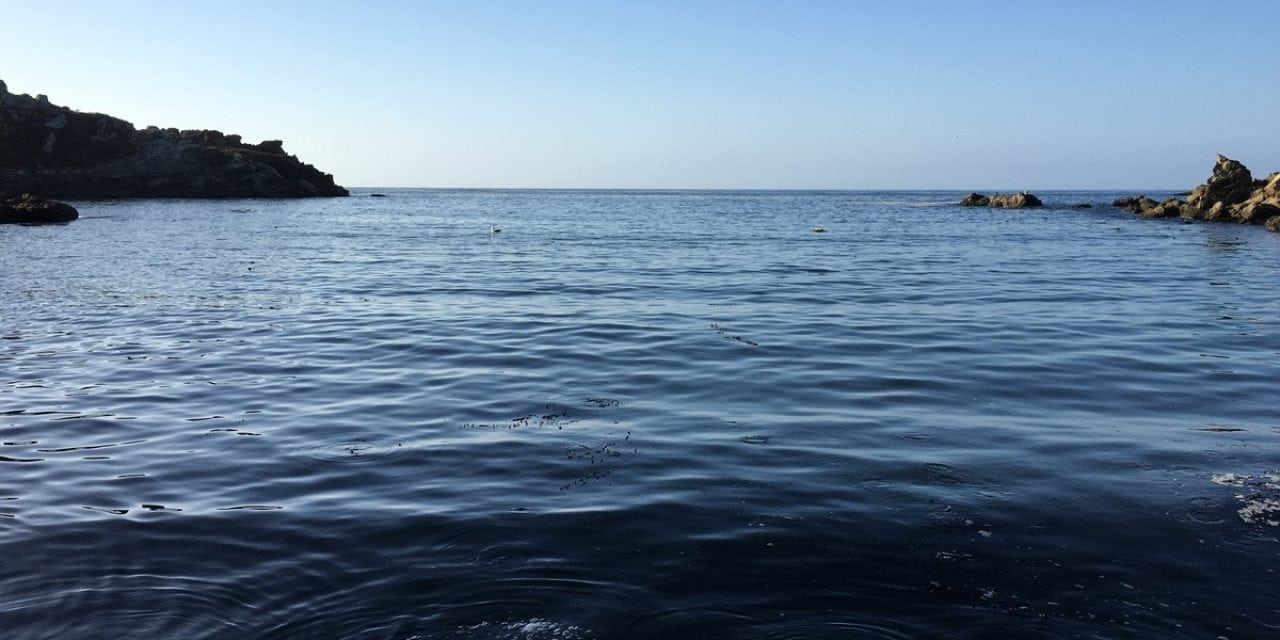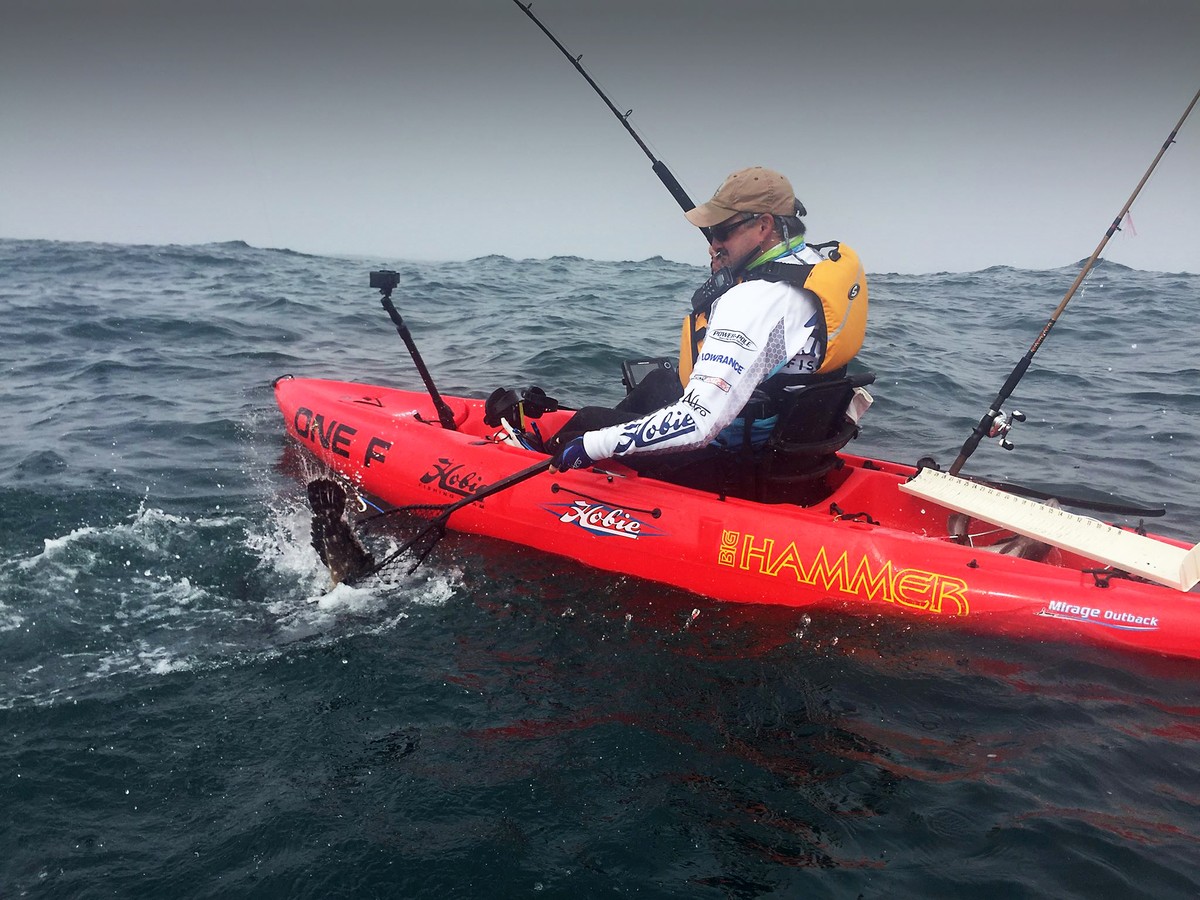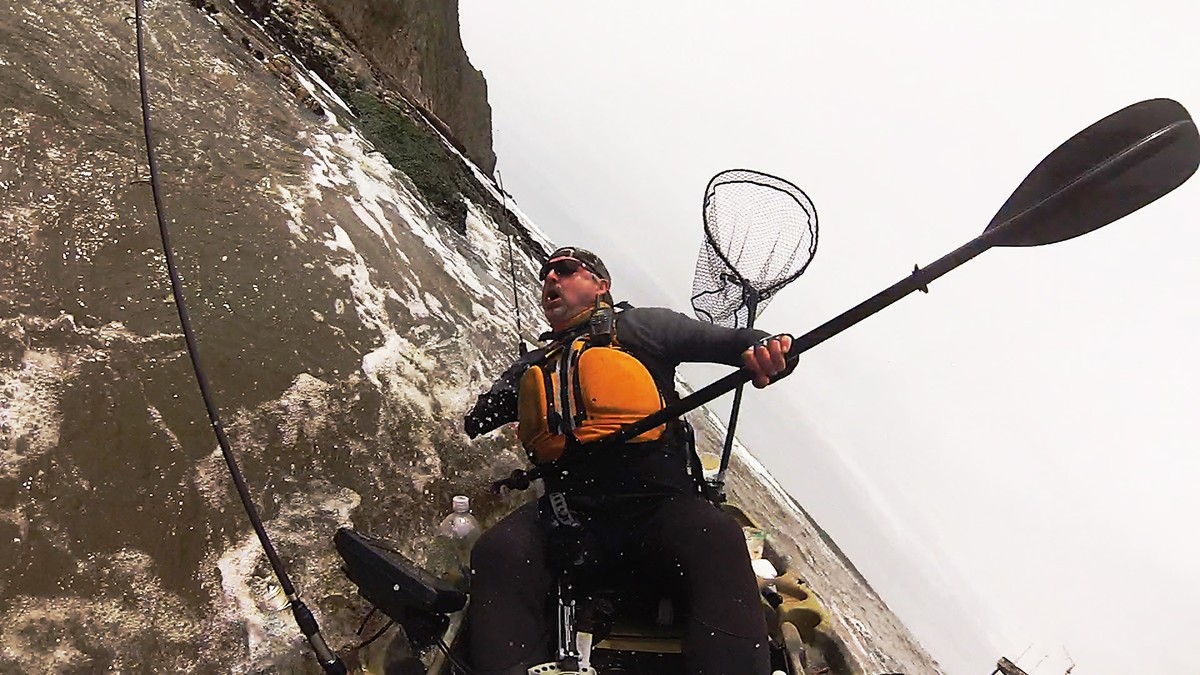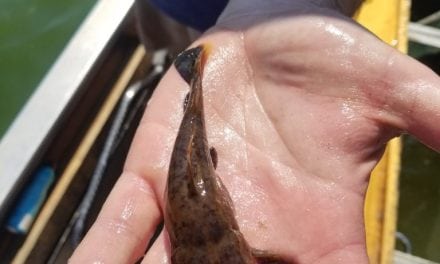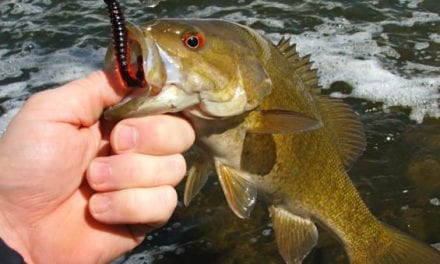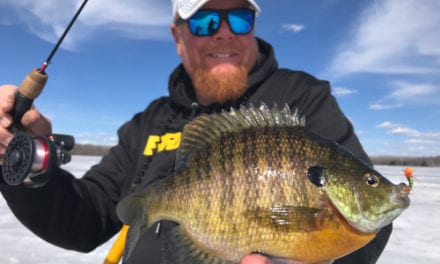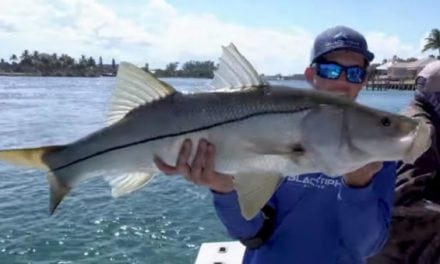Looks good…for now. Most of us have had days on the water where the weather and conditions started out great and then quickly turned into something a bit more serious and sometimes dangerous. Here on the Northern California coast, I’ve seen wind and swell reports that proved to be completely off of what the actual conditions were and I’ve had 2- to 4-foot waves turn into 8- to 10-foot walls of angry water.
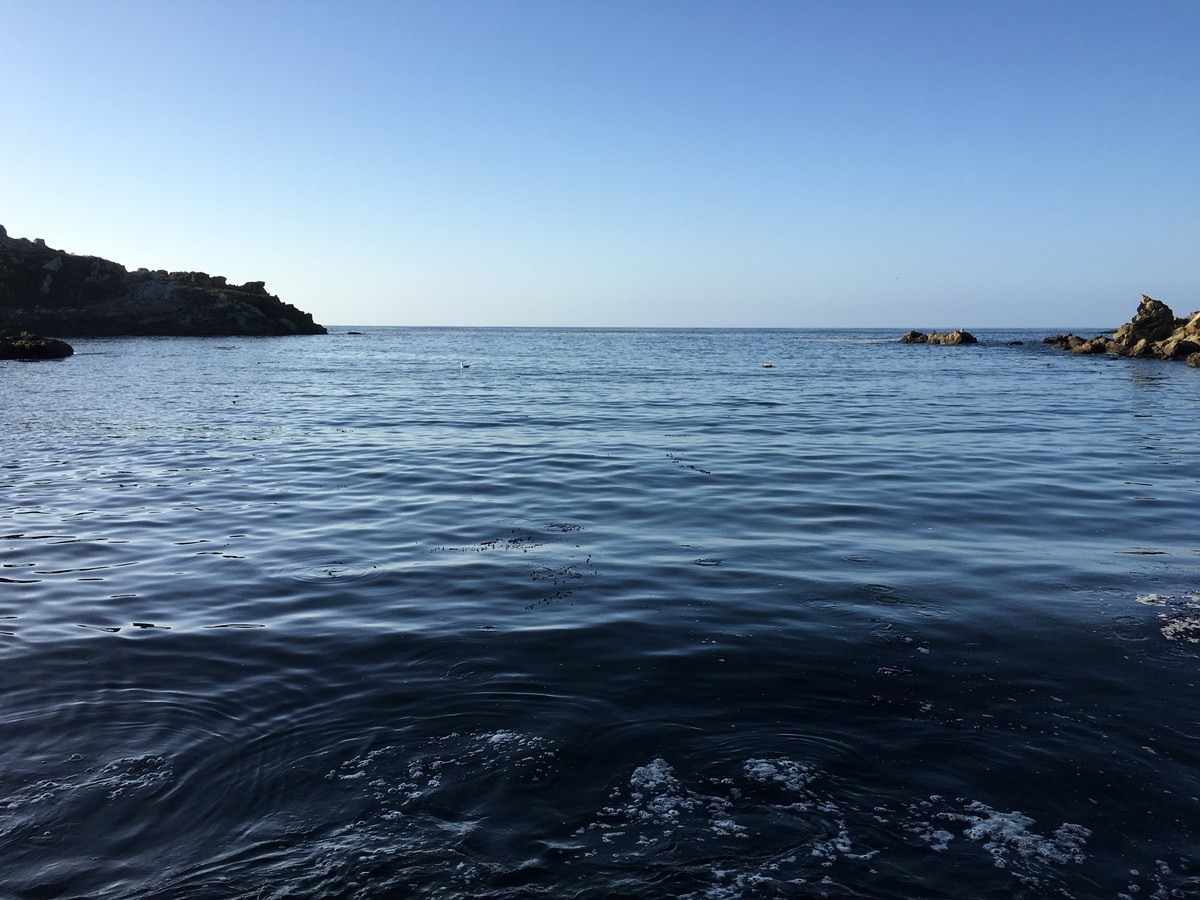
Then there are the fast-moving storms off the Florida coast that will catch you in a heartbeat if you aren’t paying attention to how fast and in what direction they are moving. Even in inland anglers aren’t immune to the dangers of quickly changing weather. Just ask anyone who has been caught in the middle of a lake during a lightning storm. Whether you fish fresh or salt water, for fun or in tournaments, you have to know when it’s time to go and to also be prepared if you can’t.
The right tools for the job.
Safety gear is, unfortunately, one of the most overlooked areas in kayak angling. I don’t know how many times I’ve watched kayakers head out onto the ocean in little more than a t-shirt and jeans, with absolutely no preparedness for anything that could happen. I’ve heard it time and time again… “I don’t plan on going over!”. Well of course not! No one plans on going over but you’d better be ready if, and when it does happen! Immersion gear is absolutely essential out here on the West Coast. Whether it is a neoprene paddle john and top or a full drysuit, you need to be able to deal with the shock of hitting the cold water and then not going hypothermic even after you’re back in your kayak.
Communication and signaling are right up in importance as well. A good waterproof VHF radio and a LOUD safety whistle are necessities on any body of water. Unless it is completely silent where you are fishing, just yelling for help is useless. Even a little wind or wave noise and your voice will never be heard. You need to be able to contact other anglers in the area or emergency medical services in case you are in a bad situation. Don’t forget to keep those radio batteries charged and that whistle clean as well. Neither do you any good if they don’t work.
Now to probably the most important piece of safety gear of all, your PFD. I wear different PFD’s for different bodies of water but I ALWAYS wear one. On the lakes, I wear a manually inflatable PFD because I like that it isn’t constrictive at all but has all the flotation I need if I deploy it. The ocean is a different story. The water is cold here in Northern California and I don’t want to think about pulling a cord if I go over, I just want to be immediately buoyant. Whatever style of PFD you choose, make sure it fits properly and don’t go cheap on the quality. You may never have to rely on it but I guarantee you will regret buying the bargain PFD that fails you when you need it most.
Knowing your limits.
I was recently at a big ocean tournament where the conditions went south very quickly and it got dicey. The tournament director even called anglers inside the cove because the waves had become too unpredictable, taller and quicker than anyone had expected. Situations like this is where the great battle of EGO versus COMMON SENSE takes place. I was competing and my team had taken second place in this very tournament a few years ago so, of course, I wanted to go and do whatever to succeed. However, I was way out of my comfort zone in those conditions and, to be honest, I knew I had to concede to the ocean. The wave sets just continued to get larger and quicker and, if I hadn’t moved inshore, something bad was going to happen.
For some reason, this seems to be a common occurrence on tournament days. We pick and choose our days to fish based mostly on weather conditions but tournaments are a different story. The date is set months in advance and is set in stone, regardless of conditions. Even though you are there to win (I don’t know anyone who goes to tournaments to lose), you have got to be able to let go of the ego if the conditions turn unsafe. Remember, there are lots of tournaments and opportunities to fish but only if you come back from each one safely.
The “Perfect Storm” conclusion.
Most of you are probably familiar with the movie “The Perfect Storm” in which a group of commercial anglers make a decision that costs them the ultimate price. While you probably won’t find us kayakers in 50 foot seas, it doesn’t take much to make a day on the water go south in a hurry. The bottom line is simple. Be prepared. The worst may happen so have the right gear and keep it in perfect running order because you may have to depend on it. Most importantly, KNOW and ACCEPT when it is time to cut bait and run. There is no reason to put yourself in a losing situation on the water. I’ll take fishing with my friends and family for the rest of my life over a trophy any day.
Check back weekly for new videos and stories by the Hobie Fishing Top Guns.
The post Staying Safe in Changing Weather Conditions appeared first on ODU Magazine-North America’s #1 Digital Fishing Magazine.

